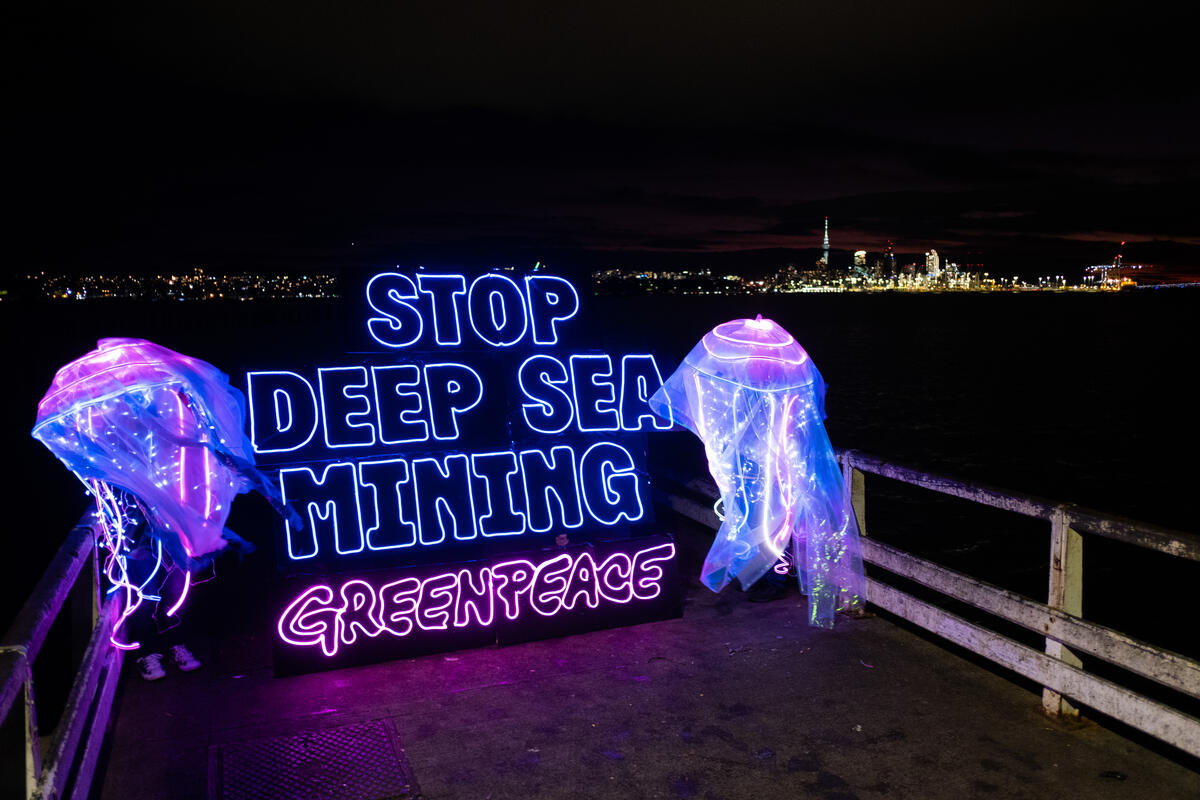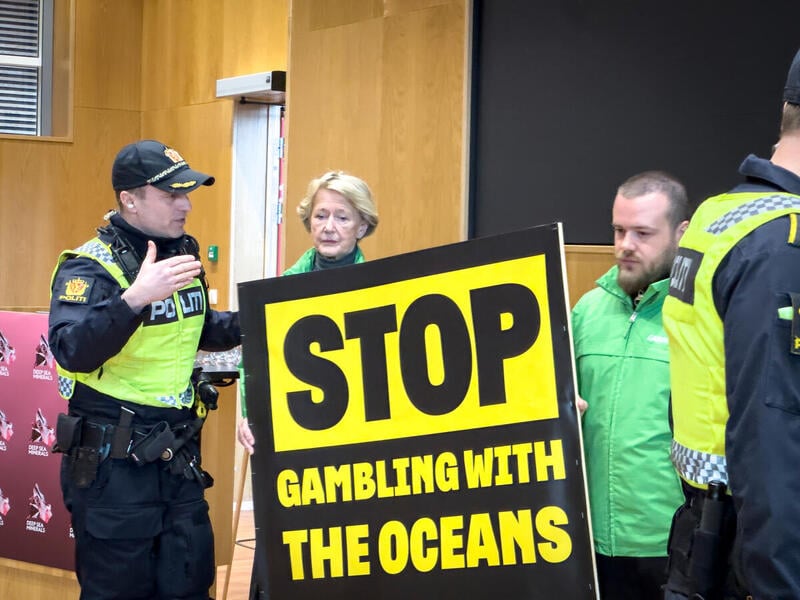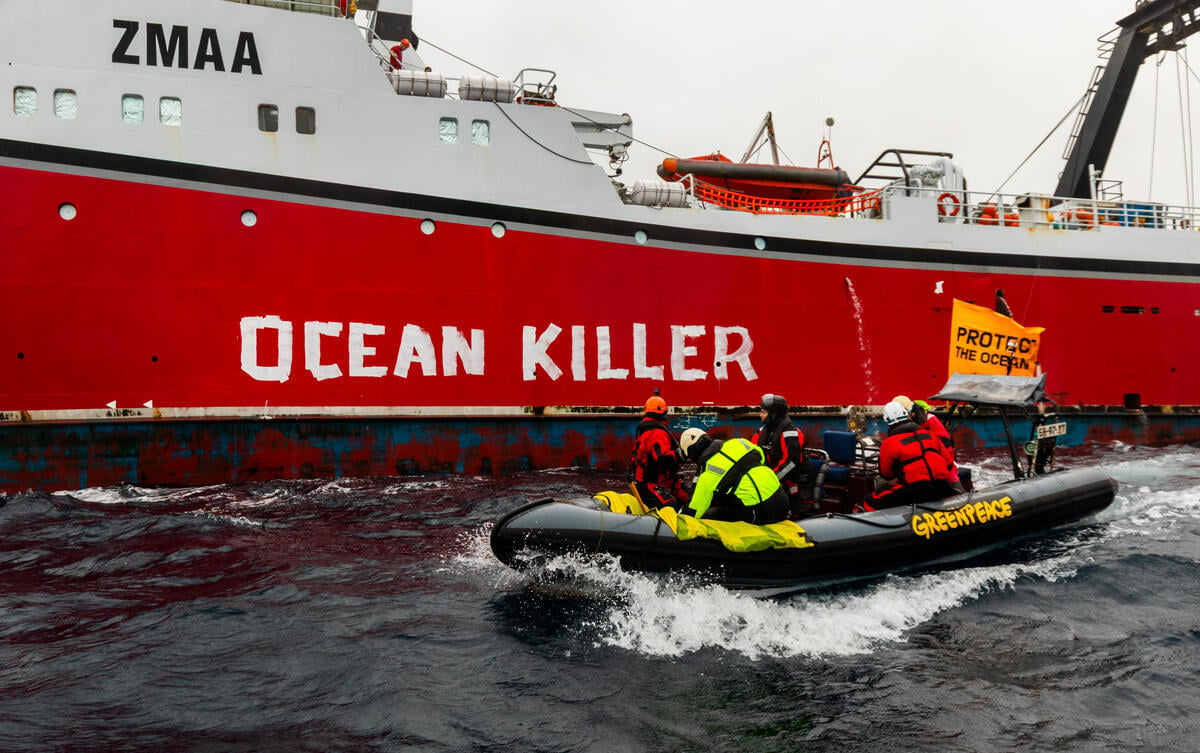This ocean sanctuaries scientific study maps out how to protect 30% of the world’s oceans by 2030, a target that scientists say is crucial in order to safeguard wildlife and to help mitigate the impacts of climate change. 30×30: A Blueprint For Ocean Protection is the result of a year-long collaboration between leading academics at the University of York, University of Oxford and Greenpeace.
From climate change to ocean acidification, overfishing and pollution, our oceans are under threat like never before. We urgently need to protect at least a third of our oceans by 2030 and this research shows what a robust, planet-wide network of ocean sanctuaries could look like. The research represents a new approach to designing and creating a network of ocean sanctuaries (or ‘fully protected marine protected areas’).
In one of the largest ever studies of its kind, the researchers broke down the oceans that are classed as ‘international waters’ – which cover almost half the planet – into 25,000 squares of 100km x 100km, and then mapped the distribution of 458 different conservation features, including wildlife, habitats and key oceanographic features, generating hundreds of scenarios for what a planet-wide network of ocean sanctuaries, free from harmful human activity, could look like.
Governments are negotiating towards a Global Ocean Treaty at the UN that could pave the way for this network of ocean sanctuaries.
The science is clear: our oceans are in crisis. Now all we need is the political will to protect them.
The UN is likely to make its decision in 2020, so please help us get the right result from those discussions by taking action.
Download the full report: 30×30: A Blueprint For Ocean Protection
Download the Executive Summary: 30×30: A Blueprint For Ocean Protection – Executive Summary



